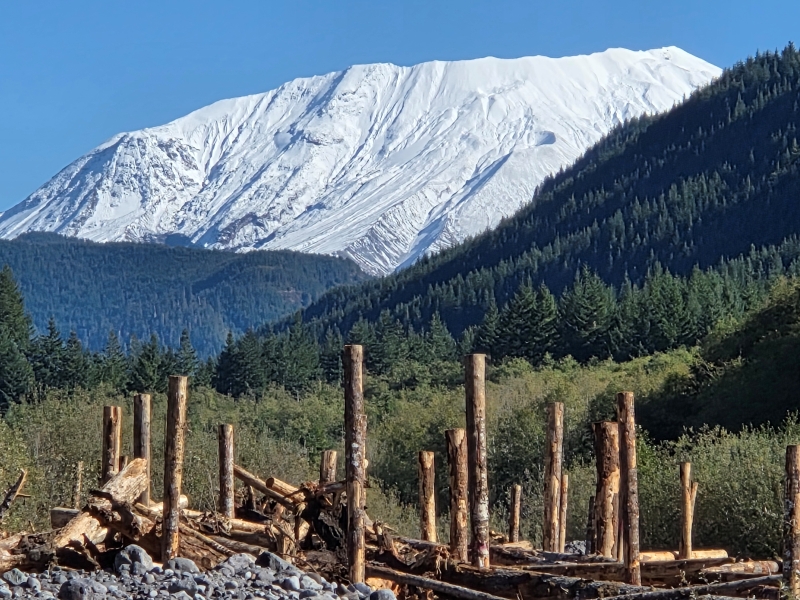Our Story
Recovery Plan Vision
Washington lower Columbia salmon, steelhead, and bull trout are recovered to healthy, harvestable levels that will sustain productive sport, commercial, and tribal fisheries through the restoration and protection of the ecosystems upon which they depend and the implementation of supportive hatchery and fishery practices.

Lower Columbia By the Numbers
- 74 ESA-listed salmon, steelhead, and bull trout populations
- 2,200+ miles of fish-bearing streams
- 18 watersheds
- 268 miles of Columbia River shoreline
- 3 major hydroelectric developments
- 14 salmon and steelhead hatcheries
- 6 counties
- 5 State legislative districts
- Many important tribal, sport, and commercial fisheries

The Regional Recovery Organization
The federal Endangered Species Act requires the federal government to develop recovery plans for salmon determined to be at risk of extinction. The LCFRB is one of eight regional recovery areas and seven regional organizations in Washington formed to develop recovery plans and coordinate their implementation (RCW 77.85). Recovery regions coordinate salmon recovery efforts in partnership with the Governor’s Salmon Recovery Office.
The Lower Columbia region extends from the mouth of the Columbia River upstream to, and including, the Little White Salmon River.
The Habitat Lead Entity
The Lower Columbia Region habitat program is supported by two Lead Entities: Lower Columbia Fish Recovery Board and Klickitat County.
Lead entities are local organizations that develop salmon habitat recovery strategies and work with organizations to implement the strategies through habitat restoration and protection projects.
The LCFRB is one of the 27 habitat lead entities in Washington. Lead Entities are governed by a committee of local citizens (our Board), assisted by technical experts on our Technical Advisory Committee (TAC).
